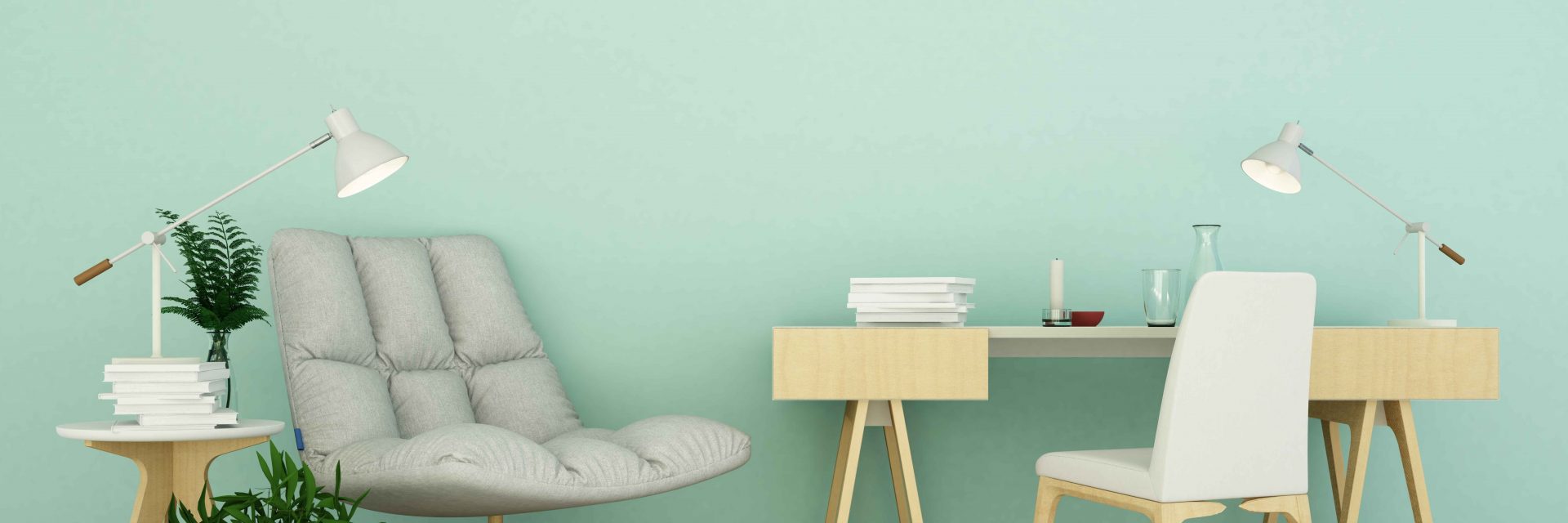Recognizing The Basic Differences Between Interior And Exterior Paint Is Vital For Your Job. This Expertise Can Substantially Influence Your Decision-Making Procedure-- Discover What You Should Take Into Consideration Before Beginning
Recognizing The Basic Differences Between Interior And Exterior Paint Is Vital For Your Job. This Expertise Can Substantially Influence Your Decision-Making Procedure-- Discover What You Should Take Into Consideration Before Beginning
Blog Article
Web Content By-Perkins Liu
When you're picking in between interior and exterior paint, it's essential to comprehend their basic differences that influence both performance and appearances. Interior paints are crafted for reduced VOC levels and smoother surfaces, making them perfect for indoor spaces, while exterior paints are made to endure rough weather conditions and UV exposure. Each type serves an unique function, however understanding when to make use of one over the other can considerably affect your project's outcome. So, what factors should you consider when making your option?
Structure and Formula
When picking in between exterior and interior paint, understanding their structure and solution is essential. Interior paints typically have a lower quantity of unstable organic compounds (VOCs), making them much safer for indoor air high quality. You'll observe they usually have a smoother coating, which enhances their capability to withstand stains and enables easier cleansing. They're created to withstand the roughness of indoor atmospheres, including differing moisture degrees and temperature level changes.
On the other hand, outside paints are created to endure harsher problems. They typically contain greater degrees of pigments and ingredients to stand up to fading from UV rays, along with to avoid mildew and mold development. Their structure consists of more binders and resins, which offer much better bond to surfaces exposed to the components. This guarantees the paint can endure rainfall, snow, and fluctuating temperature levels without peeling off or fracturing.
Efficiency and Longevity
Assessing performance and longevity is necessary when choosing in between interior and exterior paint. Inside paint is made for surface areas that experience less damage. It normally resists fading and scuffing, making it ideal for living rooms and bed rooms. However, it might not hold up well in high-moisture locations like bathroom and kitchens without proper solution.
On the other hand, exterior paint encounters harsher conditions. It's crafted to hold up against UV rays, rain, and temperature level fluctuations. This sort of paint typically contains ingredients that stop mold and mildew and mold growth, making sure durability in various environments. When you use exterior paint, you can anticipate it to last several years longer than interior paint, offered it's applied appropriately.
An additional crucial distinction lies in the surface options. Interior paints usually have a variety of finishes for visual appeal, while outside paints focus on resilience over luster. If you're seeking something that can manage the elements, outside paint is your best bet.
In contrast, if you're concentrated on interior visual appeals with less problem for severe problems, interior paint may be suitable. Ultimately, your choice must line up with the particular demands of the environment.
Aesthetic Factors to consider
A fresh layer of paint can change a space, however aesthetic considerations play a crucial duty in your option between interior and exterior alternatives. When simply click the up coming post selecting paint, think of the mood you want to produce. Inside paint enables you to explore a wider variety of colors and surfaces, allowing you to reveal your personal style and boost your home's ambiance. Whether painters opt for soft pastels or bold colors, the ideal indoor paint can make your rooms really feel relaxing, vibrant, or serene.
On the other hand, exterior paint requires to line up with your home's architecture and the surrounding atmosphere. Right here, you're not just making a design declaration; you're also thinking about curb appeal. Choosing colors that harmonize with your area can increase your home's worth and visual charm. Bear in mind that exterior paint is also based on fading and climate adjustments, so selecting a classic shade can conserve you from regular repainting.
Ultimately, take into consideration exactly how each choice fits your vision. By straightening your paint option with your preferred visual, you can produce areas that show your character while preserving capability.
Conclusion
When it comes to selecting paint, understanding the essential distinctions in between interior and exterior choices is crucial. Interior paints concentrate on aesthetics and reduced VOCs, making them excellent for improving your indoor areas. In contrast, exterior paints are developed for sturdiness and weather condition resistance, protecting your home from the elements. By considering your particular needs and the setting, you can confidently choose the appropriate paint to achieve the look and long life you want for your area.
